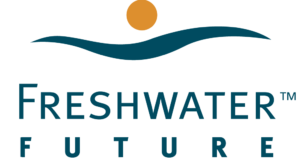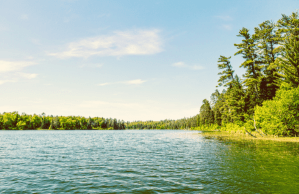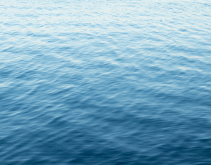What Does La Nina Mean for Winter in the Great Lakes?
Two winter weather forecasts, NOAA and AccuWeather predict a slightly warmer but still cold winter for the Great Lakes. Both believe that a La Niña weather pattern will bring more frequent storms to the Great Lakes region. NOAA’s forecast anticipates slightly cooler and wetter conditions compared to AccuWeather, which suggests a warmer trend. Forecasts agree on ample precipitation, though NOAA predicts higher-than-normal amounts for the Great Lakes. Winter might start early and end with intense weather, with potential mild spells mid-season. While warmer than usual, frequent storms could mean plenty of snow and ice, so hardy Great Lakes folks should be prepared for traditional winter challenges.


Maps courtesy of NOAA
Your Voice is Needed! Improve Equity in Minnesota’s Drinking Water Fund
Water utilities face many challenges to keep Minnesota’s drinking water safe, clean, and affordable. The Drinking Water State Revolving Fund Program is Minnesota’s major funding mechanism to help water utilities afford critical water infrastructure projects. The program is outdated and requires improvements to ensure once-in-a-lifetime infrastructure funds reach the communities with the most need. The Minnesota Public Facilities Authority is taking public comment on its annual plan to fund projects across the state. Add your voice to our suggested recommendations and submit by November 18th, 2024.
Rochester Embayment Delisted as a Great Lakes Area of Concern
After nearly 40 years, 14 million dollars, and countless hours of local advocacy, the Rochester Embayment on Lake Ontario has been delisted as an Area of Concern – one of the Great Lakes region’s most polluted sites. First designated as an Area of Concern in 1987 due to industrial, agricultural, and urban pollution, community members stewarded the remediation process for decades through the Public Advisory Council. One member of the council said of the clean up, “we no longer endure the alewife die offs, there is a world class fishery in the Lake, and swimming is generally allowed, with some restrictions.” This achievement marks it as the seventh U.S. Area of Concern to be delisted. Significant funding from the Great Lakes Restoration Initiative was critical for removing contaminated sediments and restoring 340 acres of wetland habitat. Although delisted, officials emphasize ongoing monitoring to maintain progress and ensure lasting benefits for the area.








